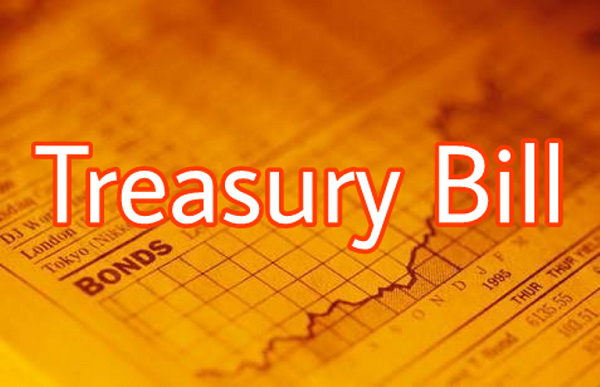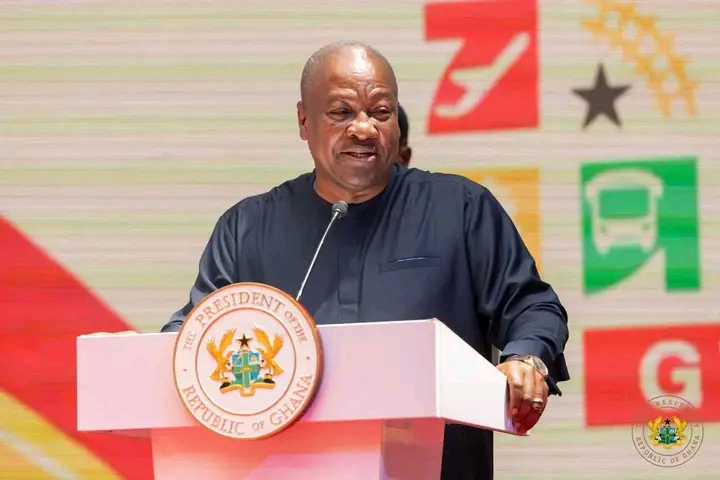
By Emmanuel Amoah
The government’s latest treasury bills auction has resulted in a significant funding gap, falling short of the target by GH¢233 million. Held on July 12 and settled on July 15, the auction aimed to raise GH¢4.721 billion but managed to secure only GH¢4.488 billion.
The breakdown of the auction results shows that the government issued GH¢3.540 billion for the 91-day bill, GH¢782 million for the 182-day bill, and GH¢165.36 million for the 365-day bill. This is in contrast to last week’s total sale of GH¢3.344.64 billion.
Interest rates for the respective bills stood at 24.78% for the 91-day bill, 26.74% for the 182-day bill, and 27.78% for the 365-day bill. Notably, all bids tendered in this week’s auction were accepted, according to results from the Bank of Ghana.
In response to the shortfall, the government has set its next auction target at GH¢5.310 billion, aiming to bridge the funding gap. This development raises concerns about the government’s ability to meet its financial obligations and may have broader economic implications.
The missed target may compel the government to explore alternative funding sources, potentially leading to increased borrowing costs and a higher debt burden. As the situation evolves, market participants and economists will closely monitor the government’s response to address the shortfall and mitigate any potential economic impacts.
Treasury bills remain a critical government funding mechanism, allowing them to raise short-term funds to meet their financial obligations. The latest auction results underscore the government’s challenges in achieving its funding targets, which could have far-reaching economic implications. As the government prepares for the next auction, all eyes will be on its ability to secure the needed funds and maintain economic stability.





